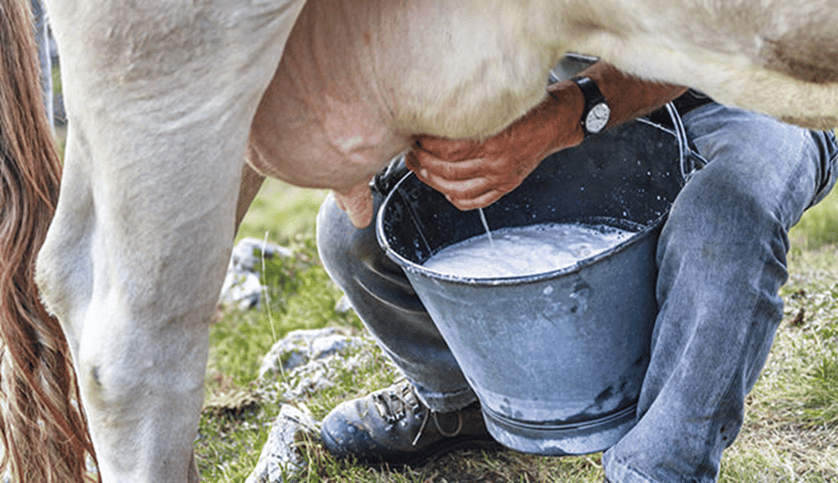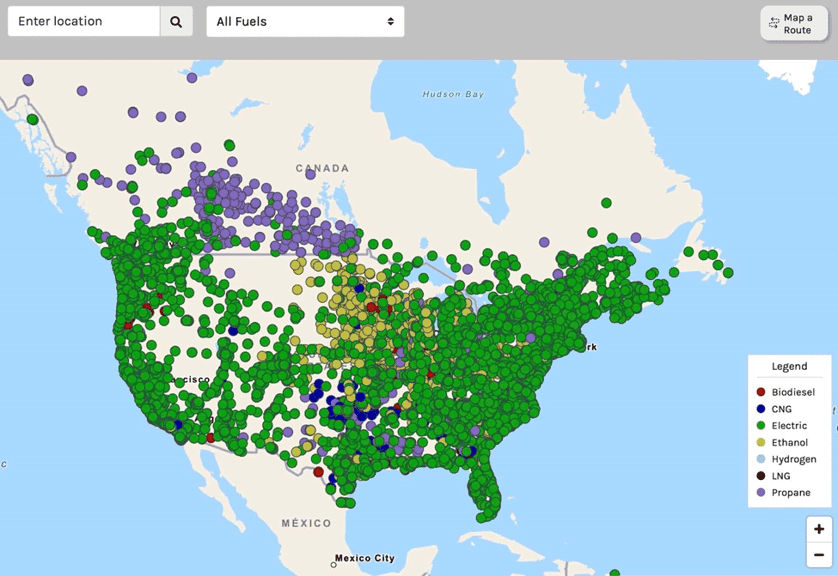Living in Thailand, you can’t help but realise the indispensable role street food provides to both locals and tourists. Not only are they tasty – from moo-ping (grilled pork) and boat noodles to som tam and kraopao gai – and best of all, its all affordable and accessible.
In Chiang Mai, there is my favourite fried chicken vendor I go to often. Without a doubt, it tastes infinitely better than KFC for a fraction of the price. The owner – a couple – has been in this business for 15 years. One of her secrets is that she uses chicken oil to fry her chicken, in addition to her guarded recipe of overnight marination, which makes her chicken tender and flavourful. She tops her fried chicken with fried chopped onions and sticky rice. All for 50 baht for a hearty meal.
Street food, to me, is like “fueling stations” feeding workers with energy to carry out their day. It’s also what makes Thailand unique, especially Bangkok.
Historically, street food was introduced by Chinese coolies’ migration to Thailand in the late 19th century. In the 1960s, with rapid urban industrialisation, Thais moved to the cities and set up food stalls and street food.
Let’s explore this further.
How many food vendors are in Thailand?
While the numbers are hard to come by (because, like so many things in this country, the state doesn’t really value data collection, or at least until now), here are my rough calculations. According to the Bangkok Post, there are about 300,000 street vendors in Bangkok. Of these, 37% are food vendors (i.e., 111,000 shops).
Assuming each province outside of Bangkok has about 1/20 of Bangkok’s food vendors, it follows that there are approximately 421,800 food vendors in the Land of Smiles (5,550 x 76 provinces).
Assume further that each vendor consists of a family of four. This means there are about 1.7 million lives whose income is derived from street foods.
More strikingly is the number of people they feed. My guess is that at least there are 100 customers per vendor per day, on average. This means that the 421,800 food vendors throughout the kingdom are responsible for feeding 42 million Thais daily – over half of the population! A huge amount indeed. (This analysis excludes shop houses where the first floor is an eatery and stand-alone restaurants.)
Viewed from this light, street food is the ‘blood vessel’ for Thais. Without them, Thais will struggle to get enough protein and calories to survive.
—————————————————
Here comes the ‘rent seeker’
So, it came as a shock to me when the last Bangkok governor evicted thousands of food vendors off Bangkok’s footpaths.
Why?
“They obstructed pedestrians and created traffic jams” he explained.
I doubted those were the real reasons. Traffic jams have been part of Bangkok’s existence for decades. The increase of private cars on the road is the culprit, not the food vendors.
How do I know that?
Drive in Bangkok during the Songkran festival. And you’ll realise how empty the roads are because half of the people have returned home to their provinces.
Rather, I suspected that their eviction served the interests of the property owners who didn’t want street foods in front of their luxury properties. It is a little like living in a gated community in Hollywood where no one wants to live next to the homeless crowd.
Moreover, without street foods, where would the workers go for meals? The 24/7 convenience stores and other multinational food corporations.
To CPALL: Give the small people a chance to make a living. These people are buying meat from your company anyway. Why must you sell frozen krapao moo in your stores, if not to compete and crush them?
Thirdly, the eviction would benefit the city landlords looking to get food vendors as their tenants.
“But we want to make Bangkok street foods as clean and organised as Singapore” I hear you say.
It sounds good until you realise you are not comparing apples with apples. Singapore is small and has an excellent public transportation system. People can readily access food hawker centres from their work or residence. Bangkok, however, is a different animal altogether. A worker from Silom cannot go to a food court centre, say, in Rama 9 during lunch break. It is simply too far, too traffic-jammed, and exhausting. Plus, the rent at those food centres are high, pushing up meal prices for the workers.
“The street vendors are filthy, with rats running around. It is disgusting,” some say.
My answer: I bet your homes have rats too. Rats will always be where food is. And after World War 3, rats will still be here, outliving us.
The problem isn’t food per se. The problem is cleaning up and daily garbage collection (the latter being under Bangkok governor’s responsibility).
——————————————————
Back to my fried chicken lady. During pre-Covid, she made about 8,000 baht per day. Minus 5,500 expenses, she walked home with 2,500 baht profit. She worked six days a week. That is 65,000 baht per month. Enough to buy a car, saved up for a home, and send her two kids to school and university. The beauty is that her income is at least twice more than the average Thai’s monthly income.
And she doesn’t even need a high school education. When Wall Street crashes or bitcoins are hacked, it doesn’t affect her livelihood, as people need to eat.
During Covid and now, she makes about 39,000 baht profit a month.
What this tells me is that not only does she serve a vital role in feeding her customers, adding value to their lives, she has enough savings to take care of her family with self-respect and dignity. Her income, in turn, helps the economy through her spending on her children and other goods. When feeling sick, she can simply close her shop anytime she wants. She, and millions of Thais like her, are what I call “micro-entrepreneurs”. They are the unsung heroes providing value to Thais.

Time to ‘tax’ the cows for selling food on the streets.
Recently, there have been talks by various politicians to get these food vendors into the system. During the covid, the politicians are saying “We know you guys are struggling. And we want to help you.” “Get into the system, and you can take out loans and we’ll teach you how to use spreadsheets.”
If I were a food street vendor I would run away from them as fast as possible. For, I know what they really want is a piece of my cake (tax revenue).
Understand this: most of the food vendors operate in the ‘shadow economy.’ Many of them don’t pay taxes, but still do pay for the use of space one way or another. For instance, my fried chicken lady pays the building owner directly behind her shop 100 baht per day (water and electricity inclusive). Others pay to ‘tetsakit’, while still others must pay to the local mafia.
Here is my rule number 1 in street foodnomics: Don’t be patronising to them. If they were dumb and so uneducated, they wouldn’t have been able to earn 300-2000 baht a day, more than many middle-class white-collar jobs, with greater freedom. Many of them don’t need to sell online. Nor decorate their stall with cutting-edge designs or know about accounting. All they want is to be able to sell food, with as little interference from the local state officials as possible. They just want to make a living and take care of their family.

I don’t buy the argument that most street food vendors must be removed from the footpaths. It’s not an either-or choice. There are ways to organise the city to get the best of both. For instance, those with enough savings may upgrade into a small shophouse, where they live upstairs and sell food on the first floor. Another idea is to use empty parking lots or local municipal land as street foods areas. There’s a ton of them if we bother to look.
In sum, street food vendors provide ‘cheap fuel’ to Thai workers and are doing an honest job that benefits the economy tremendously. That said, the first step is to have enough garbage bins and garbage collection each morning, coupled with daily sanitation. Give them access to public utilities. Create an incentive so they won’t throw food waste into Chao Phraya River, Ping River, or sewage.
And if you are going to tax them, charge them a low flat rate that doesn’t hurt them. Remember that they are micro-entrepreneurs, not cows to be milked. Importantly is using this tax revenue to benefit the community. When people see their tax being used wisely and transparently, they will be more likely to cooperate in paying taxes.
Like so many relationships in life, we must earn their trust before we can tell them what to do. Capish?
Time for my fried chicken and sticky rice then.
